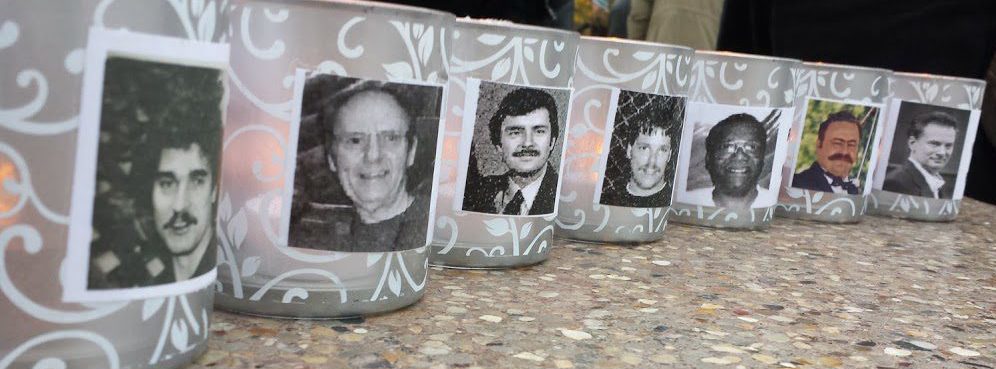“A Green Bay Fumble”
Fumble – Wikipedia, the free encyclopedia; A fumble in American and Canadian football occurs when a player who has possession and control of the ball loses it before being downed (tackled) or scoring. By rule, it is an act other than passing, kicking punting or successful handling that result in loss of player possession.
So what then is a Green Bay Fumble? Allow me to explain…
In a town whose population averages roughly 120,000 people, almost every one of its residents devotes insurmountable time, energy, and money to support the infamous Green Bay Packer NFL football team. No matter what time of year it is you can expect to see a sea of green and gold attire wherever crowds gather; in the grocery store, at the mall, a park, and most assuredly in the bars. When traveling to this area of the country which is part of the Midwest, the dedication and protective nature towards this team is evident. The sport actually defines the identity of this community; a fact that is well-known throughout the United States.
Whenever I wear my special T-shirt displaying the slogan “A Green Bay Fumble”, it never fails to elicit questions about its meaning. For many it references American football. But for others who make up a small minority within Packerland it defines an underlying hypocrisy so deeply rooted that the city’s true identity has become muddled. For the majority of its residents a palatable truth about this hypocrisy is quite clear. But an understanding of the factual truth leaves one weighing the rationale behind certain claims and the integrity of the community accepting of it.
Deep in the heart of the Brown County Courthouse in Green Bay, Wisconsin an undeniable controversy cries out from within the stored pages of a twenty-eight day trial transcript of long ago. On October 28, 1995, six men; Michael Piaskowski, Michael Johnson, Michael Hirn, Reynold Moore, Dale Basten and Keith Kutska were convicted of first degree intentional homicide due to an incident that is alleged to have taken place at a nearby paper mill. The mill was the backdrop for a tragic and brutal death that was said to be deliberate. Through a series of events sparked by a fatal error initiated by the local Police Department the discovery of Tom Monfils’ body at the bottom of a paper pulp vat shook the heart and soul of this sleepy town. Murder didn’t happen in Green Bay, Wisconsin and this incident sparked fear throughout the entire community.
In 1995, approximately two and a half years after the body was discovered, pressure from a terrified community, a media blitz, and inescapable embarrassment by law enforcement instigated unprecedented measures to arrest, charge and sentence these six men to life in prison. During the trial, no physical evidence or credible eyewitness testimony was presented. In the beginning only one of the six men, Keith Kutska, was considered a suspect. But the other five who adamantly supported his innocence and provided alibis for him, also became suspect. They all were regarded as a union brotherhood from which a “union conspiracy” was declared.
This reasoning justifies a lie that persists today ironically designed to protect the Green Bay Police Department’s own “blue wall of silence”. This cover up by Green Bay’s finest is now aptly referred to by opponents of these convictions as “A Green Bay Fumble”. The idea that the authorities failed an entire community by dropping the ball is the rallying cry of the victims who hope that it resonates with this sports oriented public.
As bizarre or fantastic as this all seems, the story is laden with truths. These are the realities. And the real facts do support the innocence of all six men. Unfortunately, it has been close to a year since I started writing about this case and nothing has changed. These men are still in prison.
I could get insanely angry about this whole thing if I allowed myself to. I could sit and stew over why I’m able to get up each morning, go to bed each night, and in between do whatever it is I choose and wonder why they cannot. Or why I can sit and watch a perfect sunrise or sunset from my picture window inside my cozy home on my comfy couch, or be out having the perfect evening with the ones dearest to my heart whenever I want, and they cannot.
The truth is, I DO get angry and I DO think about these things every day of my life. I wonder why I am free and they are not when I know that like me, they’ve done nothing to deserve their fate. And when I get letters from them telling me they wish for me to experience all that is wonderful and they pray for my safety and good health, it breaks my heart. Just like their families who’ve been torn apart since 1992 when all of this started, my heart aches every day they remain incarcerated. I think of it as one more day lost that they will never get back. But they aren’t sitting there feeling sorry for themselves. They are productive hardworking citizens within an unforgiving prison system who have become adept at surviving when all odds are against them. They’ve experienced some of the worst that life has to offer and they still have the capacity to bestow good will and forgiveness onto others. They still have hearts made of gold unlike the people who placed them in this situation. This is how I know they are men of integrity which is why I fight for them.
From tragedy comes inspiration and courage. When I learned about this case back in 2009, I decided to get involved and become a part of a solution. I was ignorant about what to do. But I saw a need to continue creating awareness through the newly published book about the case. I argued that this was our opportunity to let the community know how unacceptable this is, that it is not forgotten, and that it is only the beginning of a journey to set the record straight. Revitalization was adopted and an annual ‘Walk for Truth and Justice” arose…

